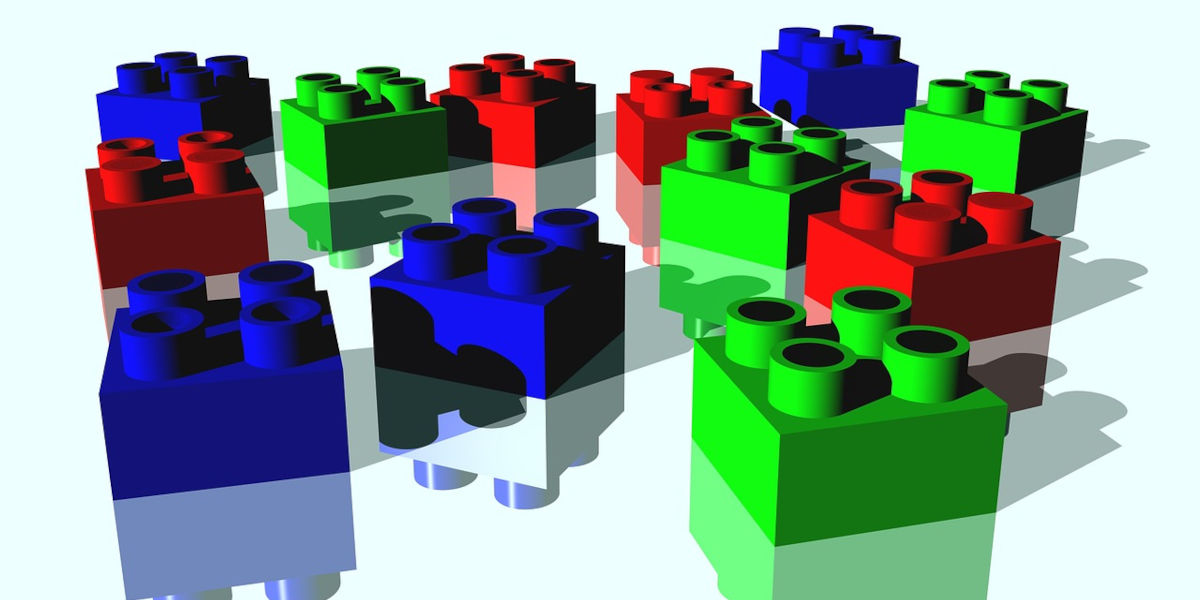There's an adage that says, "All work and no play makes Jack a dull boy." But when 'work' is learning and 'play' is games, the combination can result in a powerful educational tool that is far from dull. In the realm of education, games have emerged as an effective way to engage learners and promote learning.
They serve as interactive platforms that combine the fun of gaming with the critical thinking and problem-solving aspects of learning hence, developing educational games can be a complex yet rewarding process. But where do we start when it comes to creating games for learning? And how do we design an educational game that is not only enjoyable but also achieves its educational goals? Let's delve into the world of educational game development and navigate its twists and turns.
Why Focus on Developing Educational Games?
Before immersing in the process, it is essential to understand the significance of educational games in today's learning landscape. Technological advancements have turned traditional teaching methodologies on their heads. Today, we learn not only within the four walls of a classroom, but anywhere with a device and internet connection. This shift to digital learning calls for more engaging and interactive content. This is where developing educational games come into play.
Educational games are a boon for learners as they infuse the learning process with fun and excitement. They boost engagement levels dramatically, keep student interest sustained, and can even cater to different learning styles. But perhaps the most significant benefit of educational games lies in their ability to provide a 'learn by doing' environment. Through gameplay, students can tackle real-world problems, put theory into practice, and understand complex concepts more easily all while having a good time!
The Journey of Creating Games for Learning
Now that we've understood the importance of educational games, the next step is understanding how to go about creating games for learning. This process is often an intricate dance between game designers, educators, and learners, each contributing their unique perspective.
Game designers bring the fun element, ensuring the game mechanics are engaging, the narrative is compelling, and the graphics are attractive. The educators infuse the learning objectives and educational content, ensuring the game remains targeted around important concepts and skills. The learners contribute through their feedback, helping to refine the game to better suit their needs and preferences.
Creating a game for learning is not just about translating textbooks into a digital format. It is about strategizing the educational content such that it weaves seamlessly into gameplay, making learning an organic part of the game rather than an add-on. This merging of education and gaming is what separates a successful educational game from a mere game with educational elements.
How to Design an Educational Game: The Basics
Learning the basics of how to design an educational game can set you on the right path. A well-designed educational game should not only be fun but should also align with the educational goals set at the outset. It should incorporate necessary learning outcomes and make them available in a meaningful and enjoyable way.
Immersive gameplay can ensure learners are not simply bombarded with information but are actively involved in the learning process. This engagement can enhance retention, encourage critical thinking, and stimulate curiosity, making learning an appealing and fruitful endeavor.
Bitcoin: Gaming Meets Education
Before delving into the intricate details of how educational games are developed, it is essential to understand the key elements that blend gaming and education perfectly. Gamification or the application of game-like elements in scenarios outside the gaming world essentially allows for seamless incorporation of educational content. Two principles underpin this marriage between education and games: participation and progression.
Participation, in this context, refers to the active participation of learners in games, compelling and engaging gameplay that does not veer off its educational course.
Progression, on the other hand, deals with the progression of difficulty, ensuring that as learners become more proficient, the level of difficulty commensurately increases, providing them with a sense of accomplishment while ensuring they continue to learn. The gaming approach to learning is not entirely new; educational institutions have long used games to teach students complex principles in a fun and engaging way that enhances understanding and retention.
Making the Magic Happen
So, what does it take to develop an educational game? Does it eliminate the fun aspect of games or make education more interesting? Well, the success of an educational game lies at the intersection of these questions. The development process is both intricate and interesting.
To begin with, it involves the collaborative efforts of a team that includes educators, psychologists, and game developers. The educators provide the academic content, while the psychologists help incorporate learning principles into the game's design. The game developers bring the concept to life, ensuring that it retains the interactive and engaging elements of a game.
Key Aspects of Educational Game Development
Three key aspects need to be meticulously considered during the development of educational games. These are: design, content, and engagement.
1. Design
The design of educational games needs to be interactive and intuitive enough to keep the learners engaged and motivated. It should take advantage of well-established gaming themes and elements to attract the attention of learners and keep them hooked throughout.
2. Content
Incorporating educational content into a game is a complex but essential part of the development process. The educational content needs to be intertwined seamlessly with the game to ensure learners naturally absorb the concepts without even realizing that they are gaining new knowledge.
3. Engagement
Last but not least, maintaining a high level of engagement is paramount for the success of an educational game. It requires a good balance between the difficulty level and the learning curve so that the player feels neither overwhelmed nor under-challenged.




